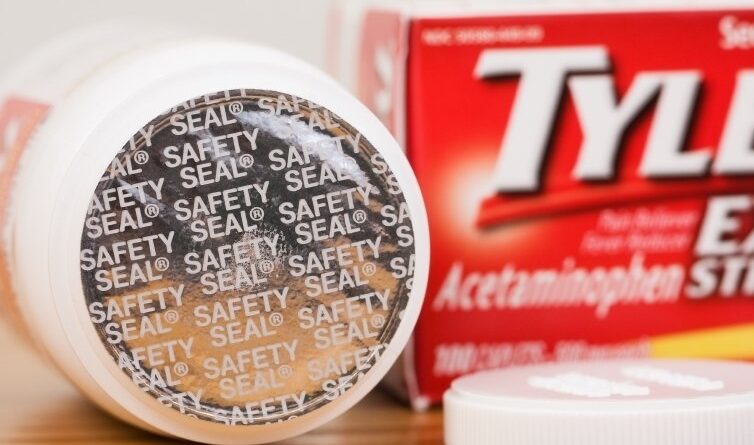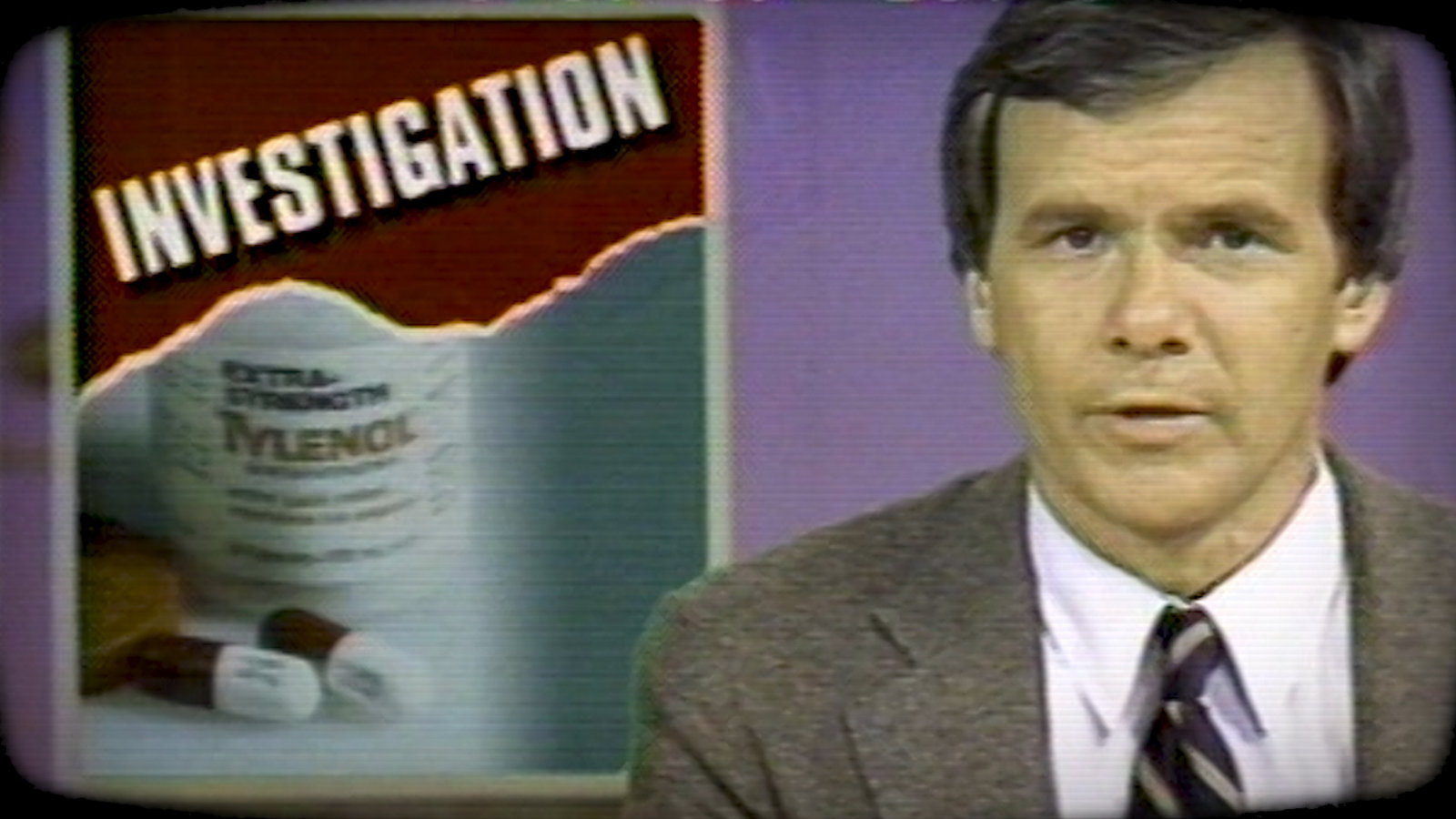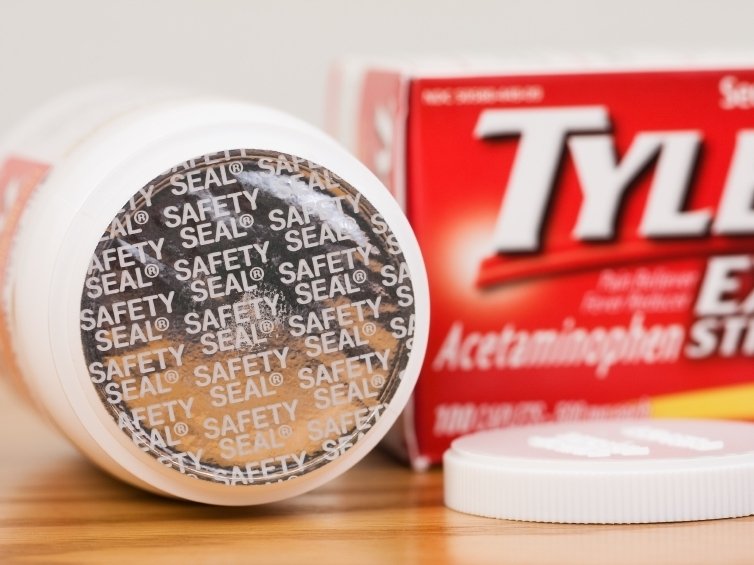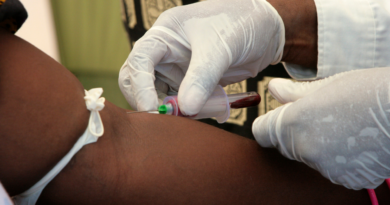What Was the Effect of the Cyanide Poisoning on Tylenol as a Brand?
For anyone who wasn’t around during the Tylenol cyanide poisoning scheme of 1982, it was a mournful time for the affected individuals and their families. Before any products were incorporated with safety seals, thousands of Tylenol gelatin capsules were laced with a lethal dose of potassium cyanide. As a result, various lives were lost, changing history in a way that introduced new laws, bills and FDA regulations.
What Was the Effect of the Cyanide Poisoning on Tylenol as a Brand?
Before the cyanide poisoning scheme, Tylenol controlled 37 percent of the over-the-counter pain reliever market. Just a few weeks after the murders, the number fell to less than 8 percent.
But after heavy investments, research and development, product re-design, and concern for consumers, Tylenol was once again the most popular over-the-counter pain reliever, with a complete rebound in sales the following year, with over 30 percent of the market.
Other popular competitors included Anacin, Bayer, Bufferin and Excedrin.
Thankfully, McNeil Consumer Products, a subsidiary of Johnson & Johnson and manufacturer of Tylenol, recalled all 31 million bottles in circulation and issued mass warnings throughout the country. Investing over $1 million to resolve the problem and placing consumer safety over company profit, Johnson & Johnson was highly praised. They introduced a new version called the “caplet”, which was a tablet coated with a slippery gelatin but much harder to tamper with than the older capsules that could be easily opened. The caplets were first placed in the older non-tamper-proof bottle.
The health giant also worked with FDA officials to introduce a new tamper-proof packaging, including foil safety seals and other features to make it obvious to consumers if the product was compromised. These new products were also given to consumers for free after turning in their old bottles. Finally, a reward was given to any customer with information linking to the perpetrator behind the scheme.
Tylenol Profits in Johnson & Johnson
According to an article from the Department of Defense, Tylenol was responsible for 19 percent of Johnson & Johnson’s corporate profits during the first three quarters of 1982. The brand also accounted for 13 percent of Johnson & Johnson’s year-to-year sales growth and 33 perfect of the company’s year-to-year profit growth.
What Happened from the Tylenol Cyanide Poisoning Crisis
It all started in the early morning of September 29th, 1982, when a 12-year-old girl from Elk Grove Village, IL, Mary Kellerman, experienced the symptoms of a sore throat and runny nose. Just like any parent would, her mom gave her one extra-strength Tylenol, that of which they were oblivious, was laced with a lethal dose of potassium cyanide. By 7 AM the next day, she was dead. Within a week, her death stirred up a crisis in the nation. Just several months later, the crisis had changed the way everyone in the world would consume over-the-counter medications.
On the same day, a man from Arlington Heights, IL, 27-year-old Adam Janus died from what was first thought to be a heart attack, but turned out to be the cyanide poisoning as well. His brother, Stanley, and sister-in-law, Theresa, rushed to help, but after experiencing headaches themselves, they too took the Tylenol from the same bottle Adam used. Within two days, both Stanley and Theresa were dead.
It wasn’t long afterwards when three more strange deaths occurred within the Chicago area, 35-year-old Mary McFarland of Elmhurst, IL, 35-year-old Paula Prince of Chicago and 27-year-old Mary Weiner of Winfield, IL all of whom died from the Tylenol poisoning.
It wasn’t long before investigators noticed the deaths traced back to the Tylenol capsules, the most popular over-the-counter pain reliever prescription on the market in the United States.
Finding the Perpetrator
While it didn’t take long to figure out the deaths were linked to the poisoned Tylenol capsules, the perpetrator was never found, even to this day. Although one man, James Lewis, claimed to be the one responsible, wrote a “ransom” letter to Johnson & Johnson, demanding $1 million in exchange for stopping the poisonings.
Although police and investigators found that James Lewis lived in New York and had no solid evidence of tampering with the pills. He was charged with extortion and sentenced to 20 years in prison, but released in 1995 after only serving 13 years.
As for other evidence, Johnson & Johnson quickly proved the tampering occurred outside of the factory. There’s a theory that the bottles were taken off the shelves at the drug and grocery stores, laced with the cyanide, and then returned to the shelves to be purchased by the future victims. To this day, the murderers remain to be found.
Copy Cat Poisonings
There were a number of other “copy-cat” poisonings that involved Tylenol and other non-prescription drugs throughout the 1980s and early 1990s, but they were never as critical those involved in the 1982 Chicago deaths. There are still many conspiracy theories and suspicions running around the internet today over who would tamper with these products and why.
How the Tylenol Cyanide Poisoning Changed History
To prevent any more tampered products from getting into the hands of unbeknownst consumers, Johnson & Johnson worked with the FDA to introduce the safety seals on their products. This was in addition to their Tylenol “caplet” that sold at a reduced price.
In 1983, The United States Congress had also passed a new bill called “The Tylenol bill,” which made it a federal offense to tamper with consumer products. In 1989, the FDA established federal guidelines for all manufacturers to make their products impossible to tamper with.
Conclusion
Overall, the new federal guidelines and Tylenol bill came at the price of various consumer deaths in the Chicago area; however, history will not repeat itself in a way that today’s consumers will always be protected from compromised products.
Can you imagine a world without safety seals or regulations on our products? With all the scams that come in the mail, over the phone, online and through all other mediums, it would seem crazy to even consider buying a product without a safety seal. It’s just outrageous. But thanks to the FDA and ever-changing regulations, we haven’t had to worry about such crises. And considering this incident has occurred again in almost 40 years, these safety seals have provided the best solution.







